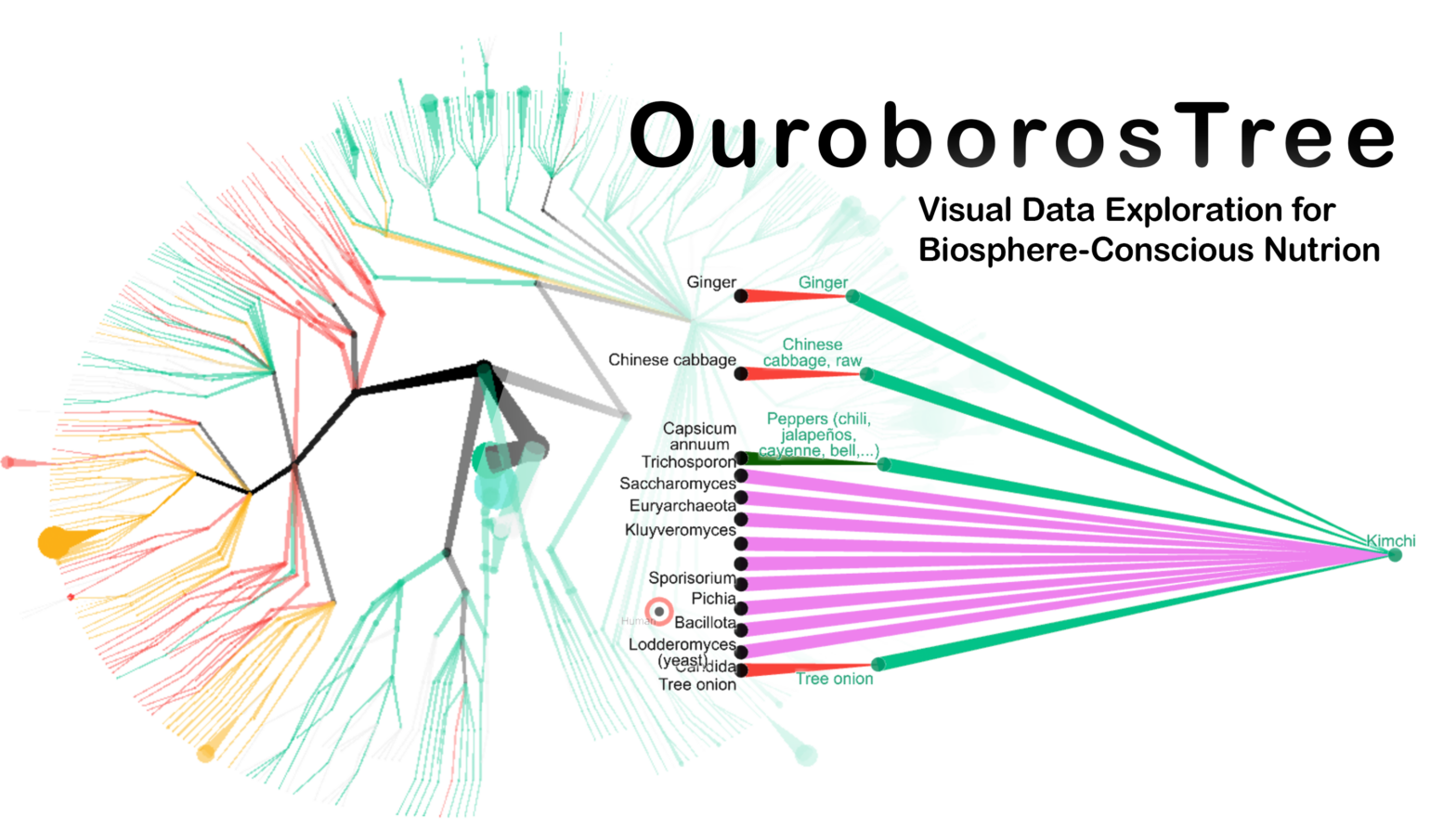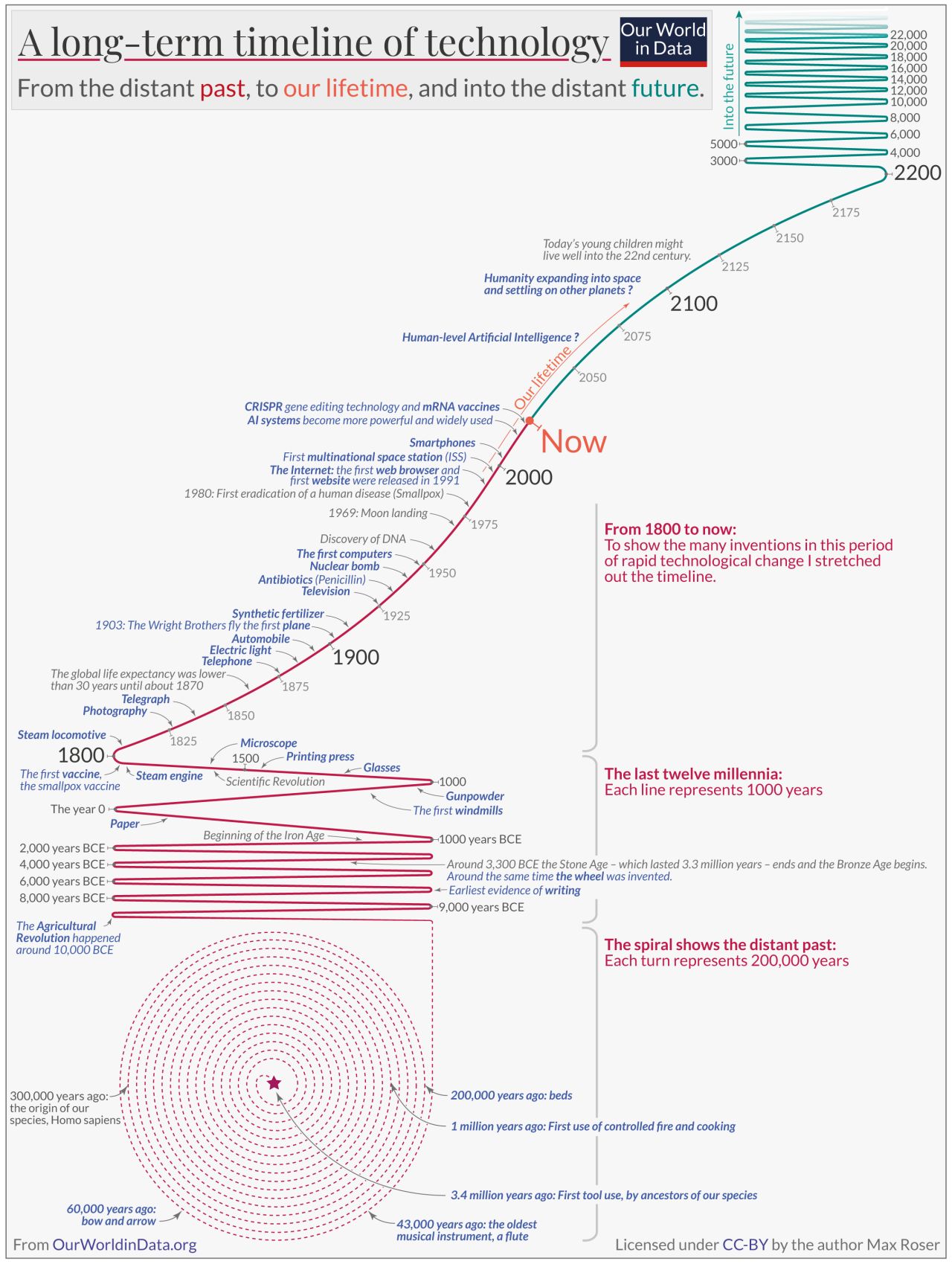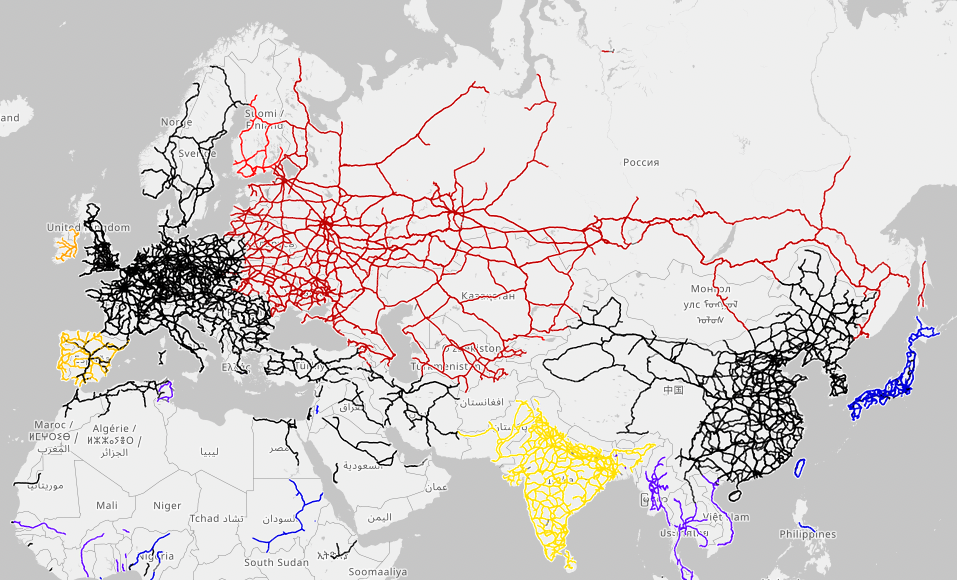OUROBOROS TREE is a database and visual application for exploring relations between human nutrition and living organisms. It harmonizes, for the first time, environmental and nutritionist data from NCBI Taxonomy (via Uniprot.org), FAOSTATS, the Swiss Food Composition Database, the IUCN Red List of threatened species, Wikidata and the GutFeeling KnowledgeBase (GFKB).
I have also associated over 23’000 open license images […] Continue Reading…







